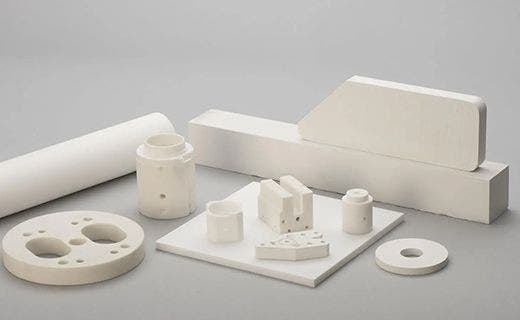Avionics Glossary of Terms
Avionics are electronic systems used on aircraft, including those that support navigation, fuel management, and communication as well as flight data recorders and autopilot systems. Avionics are crucial for flight operations, and if you're considering a future in aviation, it's just as important to understand the components involved as well as the terminology you'll find in avionics training materials.
Aileron: An aileron is a hinged piece of metal on the trailing edge of each wing of a plane that's used to control the plane's movement around the longitudinal axis, known as roll. Ailerons move in opposing directions; this movement creates a difference in lift between the wings, causing the aircraft to roll.
Air Data Computer: The air data computer collects information from sensors on the aircraft and displays information like the plane's airspeed and altitude and the exterior air pressure and temperature.
Airframe: The airframe of an aircraft is its structural framework, including the fuselage and wings. It's typically made from carbon fiber composites and aluminum.
Autothrottle: An autothrottle, also known as an autothrust, is an automatic system that adjusts engine thrust to maintain a specific speed.
Control Surfaces: Parts of an aircraft that can be moved to control the movement of the entire aircraft are called control surfaces. These include ailerons and rudders.
Flight Data Recorder: The flight data recorder is an electronic device that records control inputs and system statuses for all of the avionics throughout a flight. This data can be useful to investigators if there's an accident.
Flight Management System: The flight management system is a fundamental computer system that automates a variety of in-flight tasks. This system helps pilots plan and execute flights, including navigation and fuel management.
Ground Proximity Warning System: As the name might indicate, a ground proximity warning system alerts the pilot if the aircraft is getting too close to the ground. It uses both radar altimeters and a computer system to continuously monitor the aircraft's position for any immediate danger of flying into an obstacle or the ground.
Ground Speed: Ground speed is a measurement of the speed of the aircraft relative to Earth's surface.
Instrument Landing System: In aviation, the instrument landing system is a navigation system that provides short-range guidance to help guide an aircraft to the runway for landing in bad weather or at night.
Mach Number: The mach number represents the ratio of the speed of an aircraft to the speed of sound.
Stall: Stalling in aviation occurs when the aircraft's wings are unable to generate enough lift to keep it in the air. This usually happens if the craft is flying too slowly or its nose is pointed too high. A stall can cause the plane to fall, so it needs to be quickly corrected.
Thrust: This is the force that moves the aircraft through the air. Thrust is generated by the engines of the aircraft.
Trim: The trim is a system that automatically adjusts the control surfaces to maintain a desired altitude, helping to make the aircraft more fuel-efficient and make the pilot's job easier.
Vertical Speed Indicator: The vertical speed indicator is an instrument that measures and displays the rate of ascent or descent of the aircraft.










